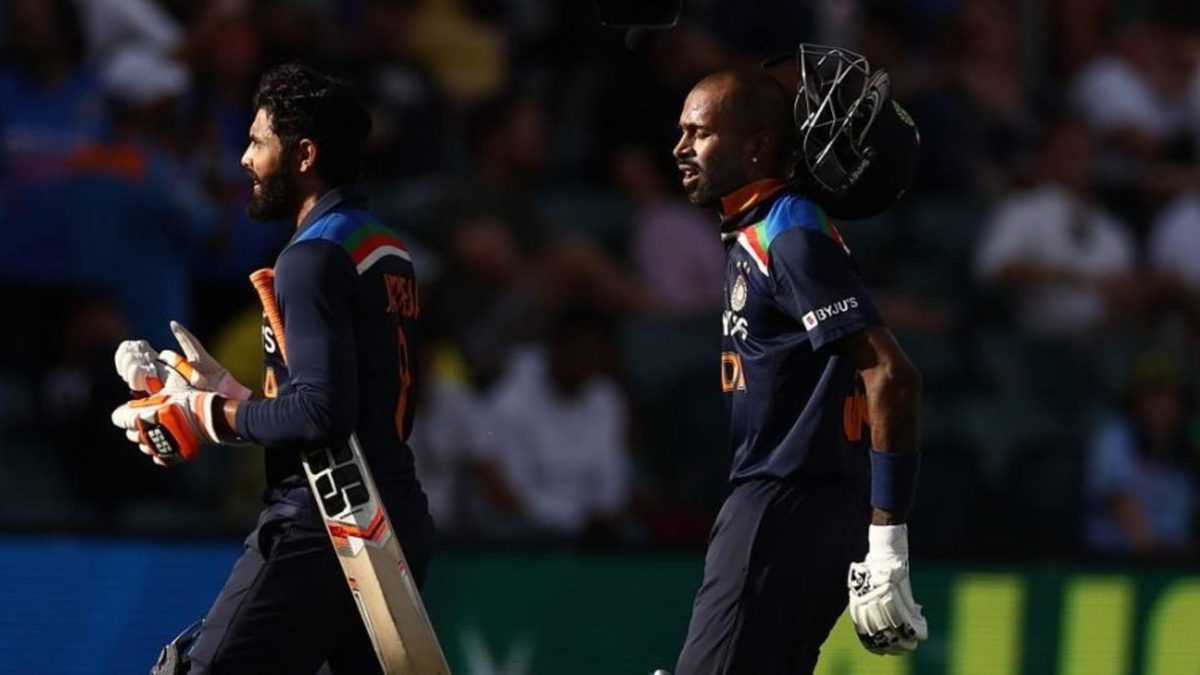
India are in the final stages of their T20 World Cup preparation and with only a handful of matches left before the tournament, here’s looking at various combinations the team could try.
Subscribe to the Wisden Cricket YouTube channel for post-match awards, player interviews, analysis and much more.
All-rounders heavy
5 batters + 4 all-rounders + 2 quicks
All-rounders have never been India’s strength, but heading into an ICC tournament at home, India have the luxury of plugging in as many as four all-rounders without affecting the balance of the side. Hardik Pandya, expected to bowl by the time the World Cup arrives, and Ravindra Jadeja are certainties in the XI.
Shardul Thakur, whose underrated batting credentials got a shot in the arm in the Australian series, and Washington Sundar could occupy the final spot in the all-rounder department. Sundar and Jadeja as holding spinners and two extra pace bowlers complete the team.
Batting depth and pace power
5 batters + 2 all-rounders + 3 quicks + 1 spinner
India’s spin stocks have taken a serious hit in recent times with the spinners having a combined economy rate just under a shade of nine in the last eight T20Is since the start of the pandemic. As such, it makes sense for India to go pace heavy with their bowling unit, especially given the depth they boast in that area.
Five batsmen followed by Hardik and Jadeja add batting security to the line-up, but it also allows India to play three frontline quicks and attack teams in all three phases. The abundance of quick options will also ensure that India have enough leeway to bowl the majority of Jasprit Bumrah’s overs at the death.
Bowling heavy with plenty options
5 batters + 2 all-rounders + 2 quicks + 2 spinners
The extra spinner, who isn’t an all-rounder, on top of Jadeja and possibly Chahal – who is in real danger of losing out on his berth as the number one spinner – is an option India haven’t always considered. It could mean compromising a bit on batting depth, but given how India line-up at the top in T20Is, there’s enough wicket preservation to ensure the brittle lower order isn’t exposed.
The extra spinner could be someone like Varun Chakravarthy or Ravi Bishnoi, adding a different dimension to the bowling attack in the middle overs. With most teams still unfamiliar with these bowlers, it could be one way to tie down scoring rates and take wickets.
The England way
6 batters + 4 all-rounders + 1 quick
Shardul Thakur has bowled reasonably well in the recent past with his off-cutters and variations proving to be handy at the death. With Bhuvneshwar Kumar’s form on and off and none of the other supporting seamers posing an irrefutable claim, Bumrah and Thakur can handle the pace department and India can go the England way, packing their side with batters – Jadeja, Hardik, Sundar and Thakur as all-rounders with Bumrah as the fifth bowler with six frontline batters at the top. It helps solve some of that top-order selection debates, but more importantly gives India’s anchors the freedom to bat to their full T20 potential.
The option India do not want to hear
Personnel change
It’s a left-field move so don’t expect them to do it. Rohit Sharma’s questionable form and the overdose of anchor batsmen at the top have long been India’s issues in the format. If they can ditch convention, and open with Shikhar Dhawan and Virat Kohli, the middle-order will have plenty of room for dynamic T20 batsmen like Suryakumar Yadav, Sanju Samson, Rishabh Pant and Hardik Pandya. It’s the modern T20 route, one which India have hesitated to pursue, but if they can throw caution to the wind and back the younger lot, you never know what it could yield. Ask the 2007 boys.








